| Coad | 670398 | Substrate | Liquid Crystal Polymer / N-BK7 | |
| Type | Polymer Homogenizing DOE | Clear Aperture | 15.0 x 15.0mm | |
| Coating Specifications | 25.4 x 3.2,Ravg<0.5%@700-1100nm,AOI=0° | Focal Length | 100.0mm | |
| Wavelength(nm) | 1064 | Incident Beam Polarization State | Uniform Polarization State | |
| Incident Beam Diameter (mm) | 6.00 | Incident Beam Quality | M2<1.3 | |
| Incident Beam Tilt | ±5° | Incident Beam Decentering | ±0.3mm(±5% of input beam diameter) | |
| Output Beam Diameter (μm) | 1000.00 | Output Beam Profile | Line | |
| Output Beam Uniformity | >90%(RMS) | Transmission Area Width | 13.00μm | |
| Diffraction Efficiency | >90% | Surface Quality | 60-40 | |
| Transmittance | >98% | Coating Type | AR Coating |
LBTEK Polymer Homogenizing DOE is a flat optical element designed on the principle of diffractive optics. It consists of a liquid crystal polymer (LCP) film sandwiched between two N-BK7 or UVFS window substrates. Based on known incident beam parameters, lens focal length, and desired output beam characteristics, the design phase is calculated through point-to-point mapping. The engineered geometric phase distribution is then introduced via the LCP film to reshape and homogenize an incident Gaussian beam (TEM₀₀, M² < 1.3).
With advantages such as high uniformity, high transmission, high damage threshold, and sharp beam edges, the polymer homogenizing DOE is highly promising for applications including laser aesthetics, laser processing, and surface treatment. Compared with conventional refractive homogenizers, it offers a planar structure that is easy to integrate, higher energy efficiency, and flexible parameter design. Compared with lens-array phase homogenizers, a single DOE can achieve excellent homogenization with sharper output beam edges, though with stricter requirements on input beam quality.
Polymer homogenizing DOEs are typically used in combination with focusing lenses to achieve flexible beam shaping and homogenization. Therefore, LBTEK standard products are designed for focusing beam shaping, supplied to work with standard lenses (default f = 100 mm). Available operating wavelengths are 532 nm and 1064 nm, with output beam profiles including square, circular, and line-shaped. Substrate options include N-BK7 glass and UV fused silica.
LBTEK Polymer Homogenizing DOE is fabricated on a 1.6 mm thick N-BK7 window with a double-substrate structure and a single liquid crystal polymer (LCP) film. It provides uniform λ/2 retardation across the entire clear aperture and reshapes an incident TEM₀₀ Gaussian beam into a homogenized line-shaped flat-top beam, with the line length defined by design and the line width limited by diffraction. The product is supplied without a mechanical housing, and one side of the element features a D-shaped cut edge, aligned parallel to the output line beam, to facilitate convenient installation and orientation.
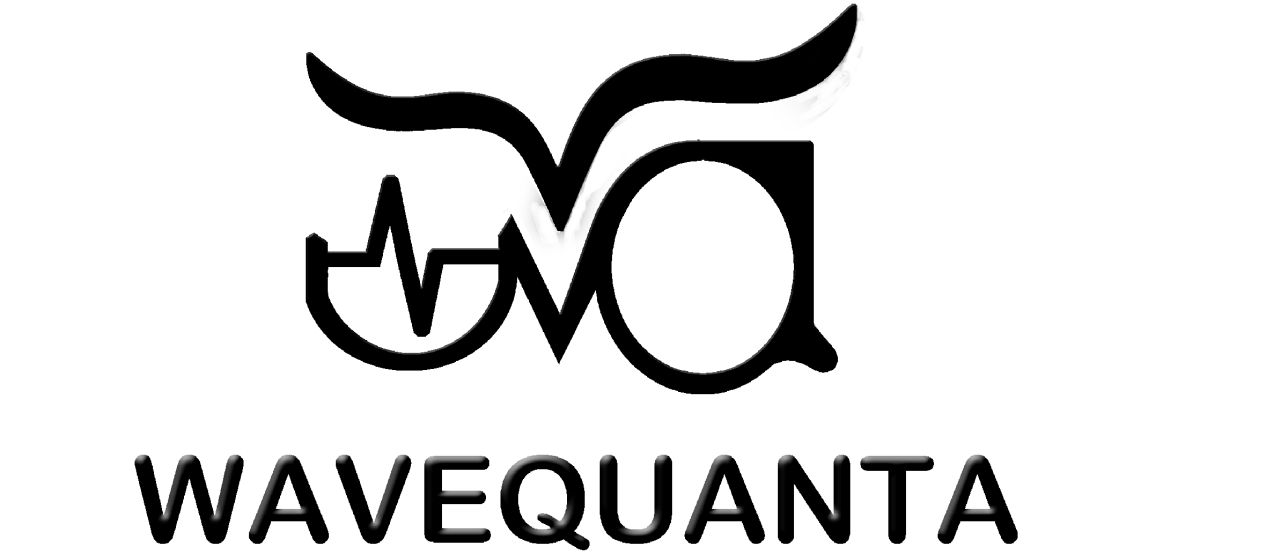




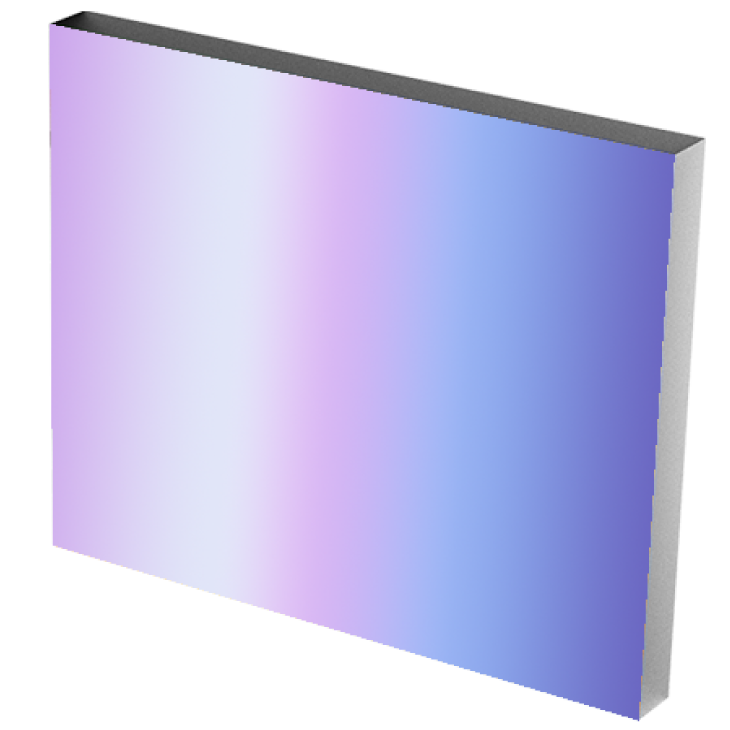



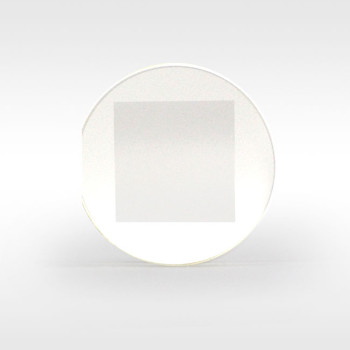

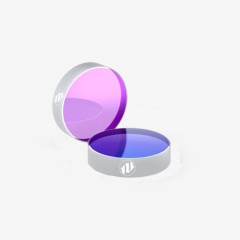
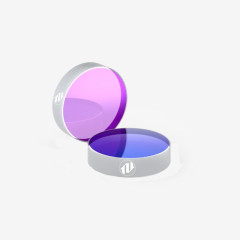
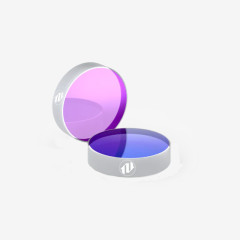
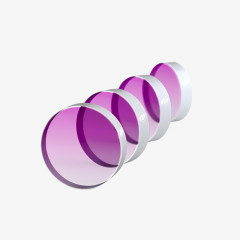
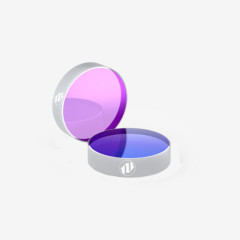
Product evaluation
%High praise
There are comments